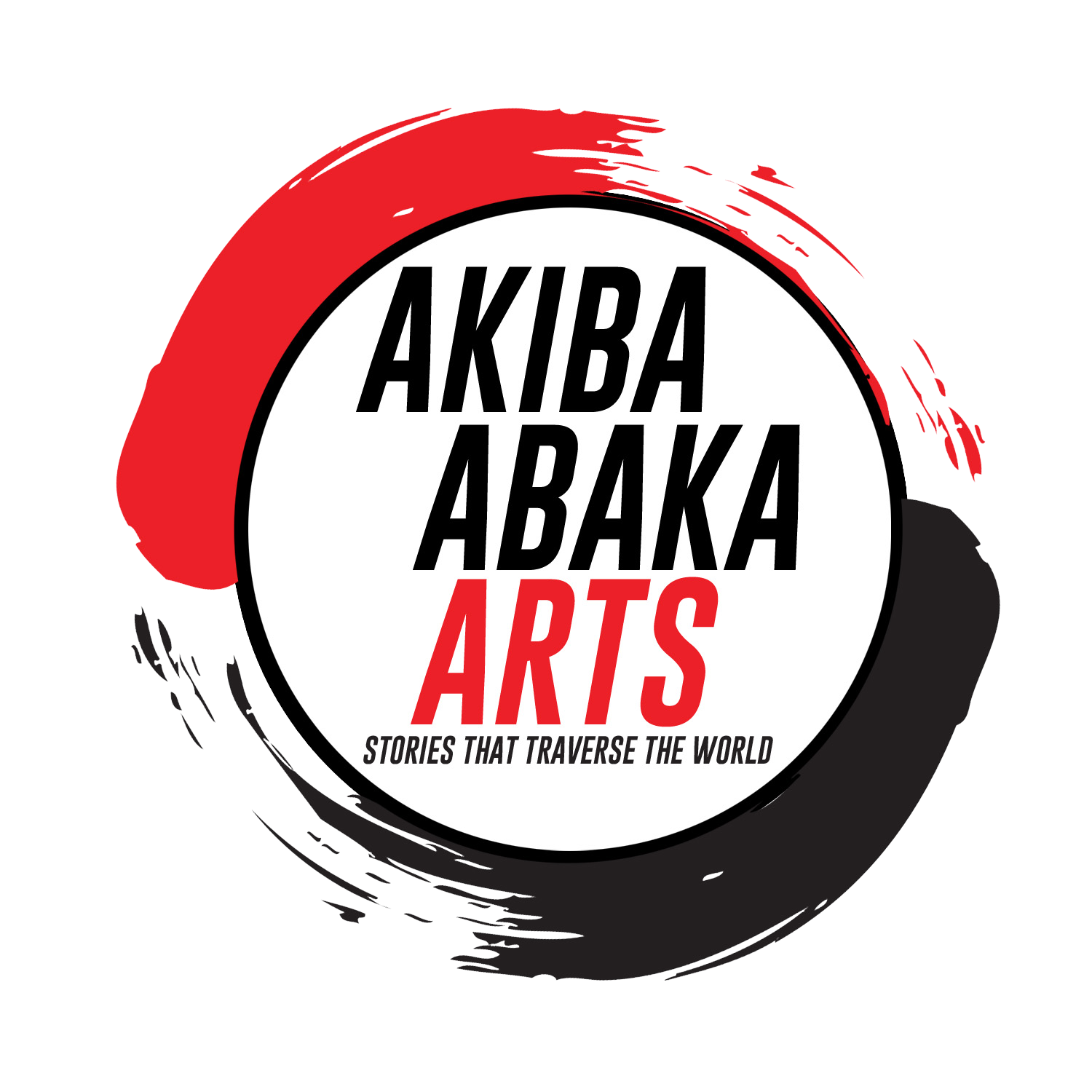The Multiple Ports System™
Rooted in the formation and distribution of myths, The Multiple Ports System™ is a unique process for developing plays that involves multiple workshops and readings in areas that are heavily populated by the people and cultures reflected in the play. Modeled off of the systematic routes of the Trans-Atlantic Slave Trade, The Multiple Ports System™ is an inverse system that distributes high level resources and expertise in storytelling and theatre development throughout areas that were historic slave ports and areas that participated in slavery. This process of taking stories back along the old slave routes is an act of restorative justice meant to inform and reshape the narrative of the surviving descendants of the Trans-Atlantic Slave Trade. The Multiple Ports System™ allows a play to accomplish the following:
Each play that enters The Multiple Ports System™ is assigned a professional ensemble of artists and administrators that contribute to the play’s development towards its world premiere. This ensemble approach to play making recognizes that the creation of a new play is not solely rested in the work of its author (the playwright) and its performers (the cast) but in the creative and administrative contributions of all the individuals who bring the story to the stage. Each member of the ensemble possesses valuable knowledge resources and technical skill sets that can be shared with the communities that we encounter. More opportunities to engage communities in the process of play making builds a sense of ownership of the story that allows communities to identify with and adopt the myth well after the play has been performed.

